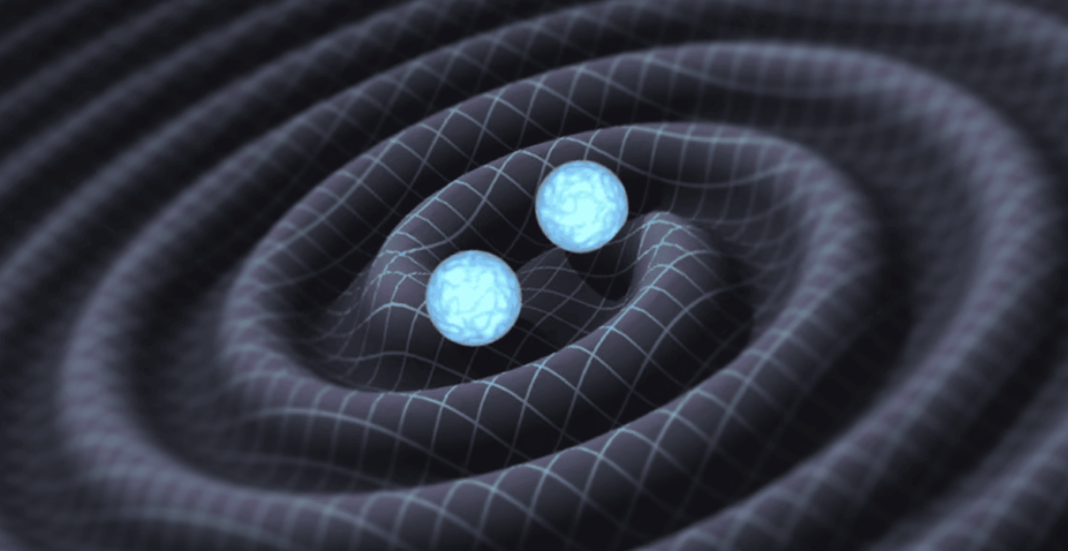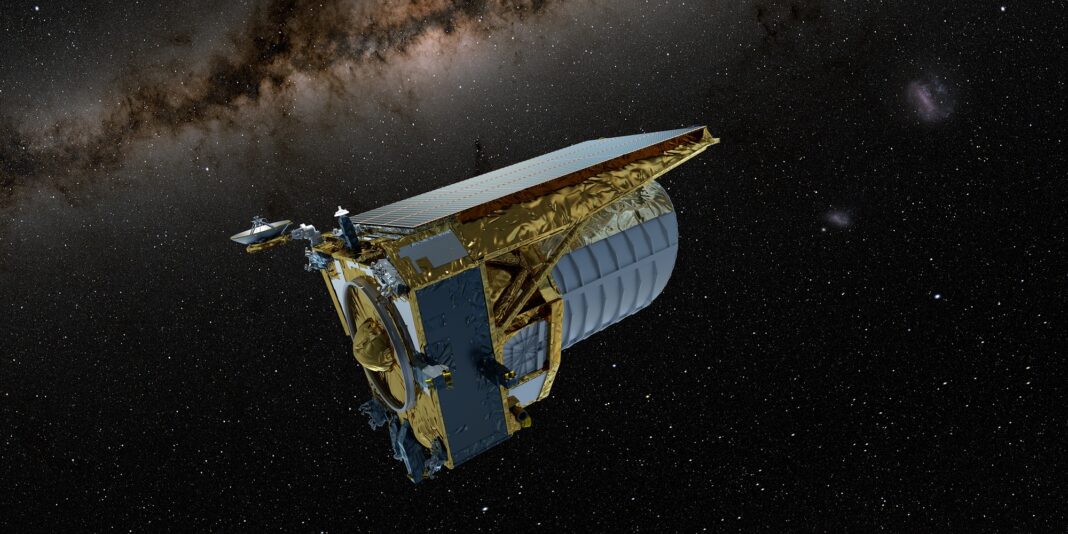Picture yourself standing amidst the hustle and bustle of a busy city square. Amidst the cacophony, you strain your ears and pick up the distant, harmonious notes of an orchestra. This scenario is akin to what an international team of astronomers, under the NANOGrav collaboration, recently accomplished by picking up the faint but definitive hum of gravitational waves echoing through the universe. The instruments they used to discern this cosmic symphony were none other than pulsars – the remnants of dead stars.
Pulsars: The Lighthouses of the Cosmos
In the vast celestial ocean, pulsars act as lighthouses. These are dead stars that rotate at dizzying speeds and emit beams of radio emissions. As they rotate, their beams sweep across Earth at incredibly regular intervals. With some pulsars rotating up to 1,000 times per second, these regular pulses can be timed like the ticking of a cosmic clock with extraordinary precision – up to an accuracy of 100 nanoseconds.
This precision allows astronomers to calculate the distance between a pulsar and Earth within a range of 100 feet. As gravitational waves ripple through space, they minutely alter the distance between the pulsar and Earth, affecting the timing of the pulsar’s ticks. The astronomers knew that if these waves were from the distant cosmos, all the pulsars they were observing would display similar disruptions in their ticking.
Deciphering Ancient Whispers in the Cosmos; The challenge for the NANOGrav team was to discern the whisper of gravitational waves from other cosmic noise. By observing a network of 67 pulsars over 15 years, the team managed to do just that. Their discovery, published on June 28, 2023, suggests that the detected hum of gravitational waves is likely a result of the merging of ancient supermassive black holes.
These gravitational waves are vastly different from those detected by the Laser Interferometer Gravitational-Wave Observatory (LIGO) in 2015. While LIGO’s waves were akin to a high-pitched ringing produced by smaller black hole mergers, the waves detected by the NANOGrav team are like a deep bass note, with frequencies a billion times lower, produced by black holes billions of times more massive than our sun.
Peering Back in Time; As astronomers delve into the early universe’s history, the NANOGrav discovery adds another dimension to the study. The James Webb Space Telescope, already making significant headway in capturing light from the early universe, has discovered hundreds of galaxies that existed shortly after the Big Bang. It has also detected the oldest black hole known, situated in a galaxy formed 500 million years post-Big Bang.
These discoveries are perplexing. The sizes of these ancient cosmic structures challenge existing theories on the evolution of the universe. The NANOGrav team’s observations offer astronomers a novel tool to study this era, complementing the James Webb Space Telescope’s findings.
Future Prospects; As this celestial symphony unfolds, the NANOGrav team’s discovery, though tantalizing, is not yet definitive. However, with the pulsar network expanding to 115 pulsars, and the anticipation of results from the next survey in 2025, the riddles of the early universe may start to unravel.
By employing the relics of dead stars as celestial maestros guiding us through the cosmic symphony, scientists are on the cusp of gaining profound insights into the nature of our universe and its origins, opening up avenues for unimaginable discoveries.
Does COSMIC mean space? Indeed, the term ‘cosmic’ is often used to describe phenomena or objects related to outer space. In everyday language, cosmic generally refers to the universe or space, particularly on a grand scale. For instance, cosmic rays are high-energy particles that originate in space and bombard Earth. Similarly, when scientists talk about cosmic events, they usually refer to natural occurrences in the vastness of the universe, like supernovas, galaxy formations, or cosmic microwave background radiation.
What were the results of the LIGO experiment? The LIGO experiment, short for Laser Interferometer Gravitational-Wave Observatory, marked a groundbreaking milestone in the world of astrophysics and cosmology. On February 11, 2016, the LIGO collaboration announced that they had made the first-ever direct observation of gravitational waves. This monumental discovery confirmed a major prediction of Albert Einstein’s General Theory of Relativity.
The detected gravitational waves were produced by a pair of merging black holes approximately 1.3 billion light-years away from Earth. This merger of two colossal black holes, about 29 and 36 times the mass of the Sun, converted a portion of the mass into energy in the form of gravitational waves, as described by Einstein’s famous equation E=mc^2. This event was labeled GW150914 and opened a completely new way of observing the universe.
Since this initial discovery, LIGO, in conjunction with Virgo, its European counterpart, has detected several more gravitational wave events, primarily from merging black holes and neutron stars. This has allowed scientists to gain unparalleled insights into these cosmic phenomena and has fostered a new era of gravitational wave astronomy.
The United States is home to two LIGO detectors, which operate in unison to observe and verify gravitational wave signals.
- LIGO Hanford: The first LIGO detector is situated near Hanford in southeastern Washington State. It is strategically located in an area that is geographically stable and relatively free of seismic activity, which is critical for the sensitive equipment used in detecting the incredibly faint ripples of gravitational waves.
- LIGO Livingston: The second LIGO detector is located near Livingston, in Louisiana. This location was chosen to create a significant geographical separation from the Hanford site. The distance between the two detectors is essential for triangulating the origin of gravitational waves and ensuring that the signals are genuine cosmic events rather than local disturbances.
Together, these two LIGO observatories, spanning the width of the United States, have ushered in a revolutionary era in astronomy and astrophysics, and continue to contribute to our understanding of the cosmos.











